The United Nations has predicted that India's population will surpass China's in about three months. Some reports have stated that India has the ability to reach this important juncture by April 14 .
China holds the crown as the country with the highest population in the world. They managed to preserve it since the 1950s. China's current population is numerically shown as 1.45 billion, while India's current population is around 1.41 billion.
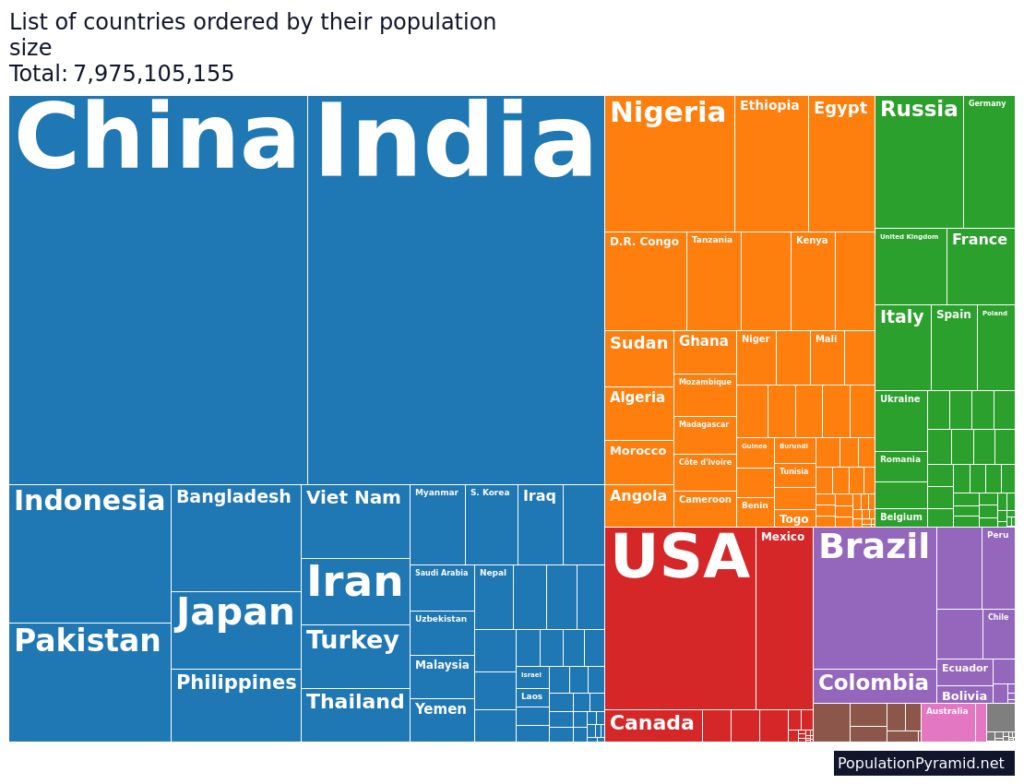 The world's population distribution is extremely heterogeneous - www.populationpyramid.netpopulation
The world's population distribution is extremely heterogeneous - www.populationpyramid.netpopulation
It should be mentioned here that there is a possibility of some change in the time when the predictions may come true. But India is ahead of China in terms of population growth factors. Hence, India will become the most populous country in the world by the year 2023.
Although India's population is growing rapidly, China's population is gradually decreasing. It is said that this situation will continue throughout the rest of the 21st century.
A young India
Almost half of India's current population is under the age of 25, and about a quarter of the total population is under the age of 15. People under the age of 25 in China represent about a quarter of the country's total population. This shows that India's population in general is very young compared to China's.
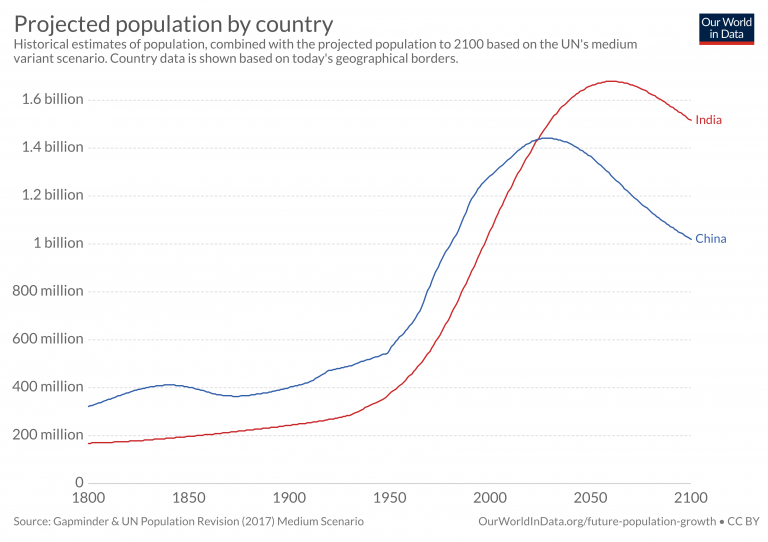 Population Variation in China and India – ourworldindata.org
Population Variation in China and India – ourworldindata.org
India is already a regional powerhouse playing a very important role in the world economy. It is obvious that their real strength is the workforce. As there are still a large number of people who have not yet joined India's job market or labor force, they may be only a small fraction of the economic power they show today. That is why some scholars say that India's true economic power is still in the future.
China's problem
China is a country that has faced some problems due to high population growth rates. Since the 1980s, the Communist Party of China has pushed for birth restrictions to slow population growth. In 2011, the number of people who could be in the labor force rose to 925 million, but then unexpectedly the labor force population began to decline.
In 2015, Chinese authorities took steps to ease birth restrictions. At that time, the highly competitive lifestyle in China had shaped the personal ambitions of many people. High cost of living, discrimination against mothers in workplaces, houses with less space, can be mentioned as the main factors that affected it.
A low fertility rate
It is predicted that by 2050, China's working-age population may be reduced by half. China's current fertility rate is 1.2, which is said to be insufficient to maintain a sustainable population. Assuming net migration and an unchanged death rate, the fertility rate required to maintain a stable population is shown to be 2.1 . As the figure in India is 2.05 or 2.1, India will not have a significant problem regarding the number of people required for the labor force in the future.
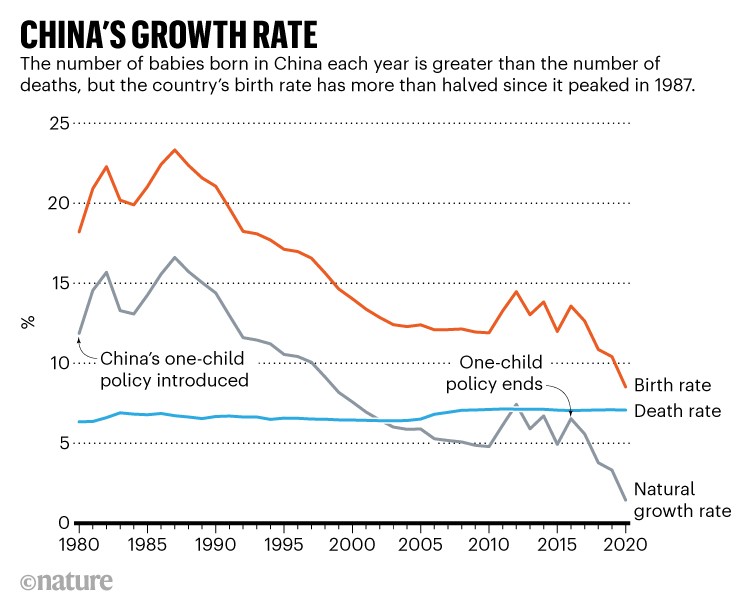 Chinese authorities took steps to ease birthrates in 2015, but birth rate continues to fall - www.nature.com
Chinese authorities took steps to ease birthrates in 2015, but birth rate continues to fall - www.nature.com
Slowing population growth leads to an aging population, and time and money have to be allocated at the personal and societal levels to care for them. By 2050, the number of citizens over the age of 65 in China will double. Numerically it is a growth from 150 million to 330 million. Accordingly, the most challenging time for China may come in two decades.
India's most powerful weapon
India is projected to account for more than one-sixth of the world's workforce by 2050. Even now, India has made great progress in providing foreign skilled workers.
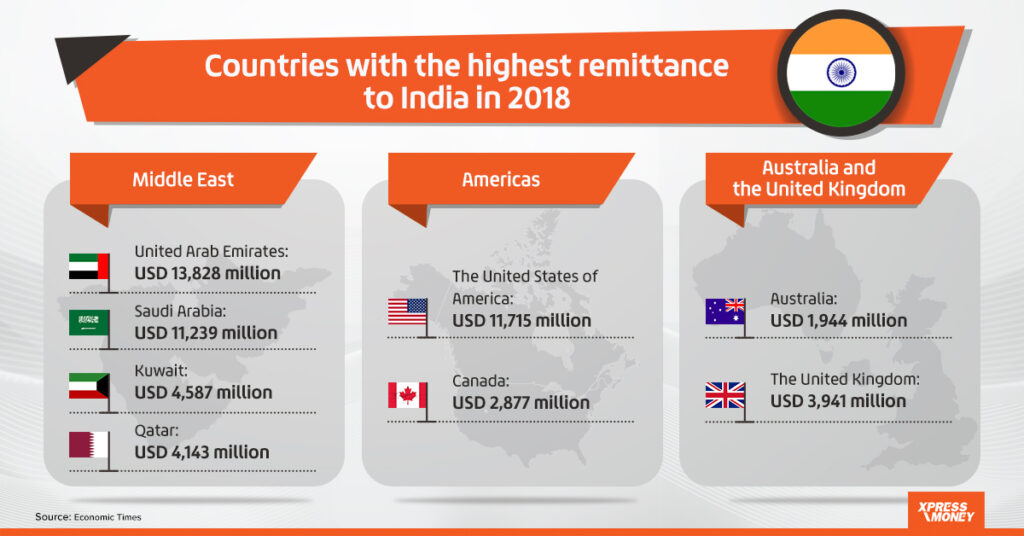 To get a rough idea of regional receipts of foreign remittances to India – www.xpressmoney.com
To get a rough idea of regional receipts of foreign remittances to India – www.xpressmoney.com
They supply workers to foreign countries according to a strategic plan. The best example of that is the huge amount of foreign remittances that India received in 2021. These remittances, amounting to about 87 billion US dollars, were considered to be the largest flow of money in the world. According to the World Bank, this flow accounts for nearly 15% of global trade in all low- and middle-income countries.
Did you realize how India's population affects not only India, but the entire world?
Will China back down?
China is the largest economic power in the world. Only the United States of America has an economy that can challenge them. Despite a shrinking labor force population, investment and political stability will continue to bolster the strength of the Chinese economy.
However, the potential to sustain the extraordinary growth China has shown since the beginning of the 21st century may be minimal. India is already showing a tendency to rise as their limiting factor. One reflection of this is China's shrinking and India's growing labor force.
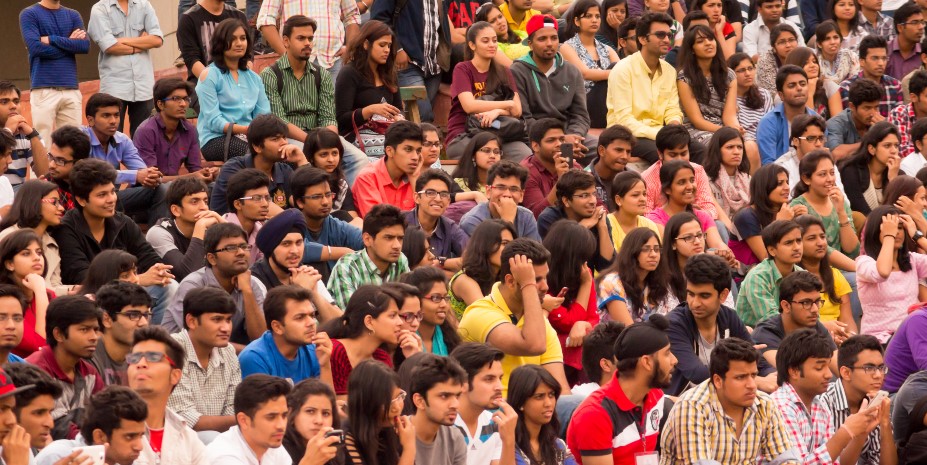 Broad workforce is India's biggest strength – littleindia.com
Broad workforce is India's biggest strength – littleindia.com
China's situation is likely to be worse than Japan and South Korea, which are facing population contraction. The majority of Chinese people are still in middle-income status. That is why the population contraction is more serious for them than they think. They do not have the ability to continue to sell labor profitably. India is taking a different approach and is in a position to amazingly acquire even foreign employment opportunities through cheap labor power.
Aggressive economic policies
China's leadership can work to preserve its country's economic growth by increasing the productivity of its working population, but that will require capital. One of the reasons for this is that China is engaged in an aggressive effort to generate wealth before 2050.
For example, China is working to financially trap corrupt states with resources and geopolitical importance, while simultaneously increasing their military spending and maintaining geopolitical heat. If these activities fail, China could be stuck in a middle-income trap on spending.
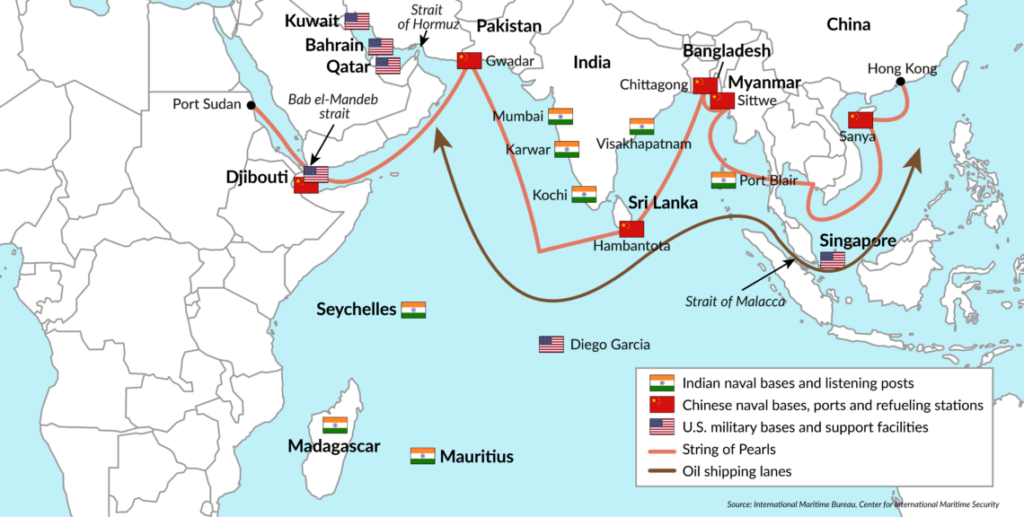 The Indian Ocean region can be called a place where the geopolitical heat between China and India is strong - www.gisreportsonline.com
The Indian Ocean region can be called a place where the geopolitical heat between China and India is strong - www.gisreportsonline.com
India, like China once upon a time, is facing practical problems due to its increasing population. Compared to China, as a country that values democracy a lot, India will not see the signs of government interference even in extremely private matters such as child restraints. Even if such an intervention is done, there is a great freedom of people's struggles in India. Then India can also face the growth of elderly population that China is facing now.
Then the labor force has to allocate more funds for the welfare of the aging population. That is why sociologists point out that Indian leaders should be more diligent to reap the dividends of demographics. As a result, it will not be surprising if India adopts an aggressive economic policy like China is doing today.
A power that transcends regional boundaries
The world population has now reached the 8 billion mark. India overtaking China as the largest population can be considered as the next important milestone in world population. However, the fertility rate of the global community as a whole is declining. It can be observed even in countries where the population is expanding.
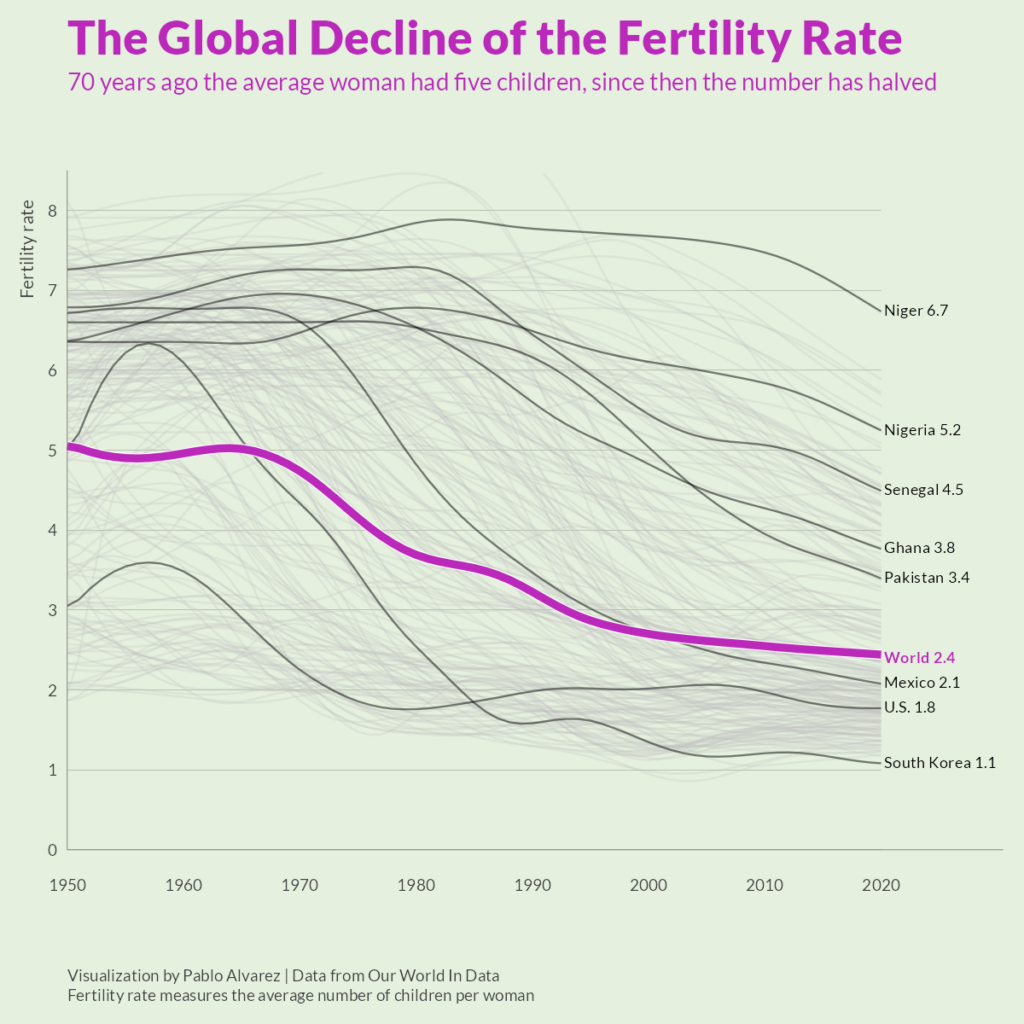 How fertility rates vary globally – www.weforum.org
How fertility rates vary globally – www.weforum.org
In the world's most developed economies, the decline in population growth is remarkable, and by 2050, it is estimated that the population growth rate of 61 such countries will decrease by about 1%. Then, the number of opportunities open to a country like India which can provide relatively more labor is huge.
India already has a huge diaspora that earns a lot of income in the world. The Indian government is already maintaining a positive level of various ways, facilities and benefits to attract their investments even if they are far away from their homeland.
So, to what extent is India's ability to exercise the restrictive appellation of “regional power” valid?











Comments (0)